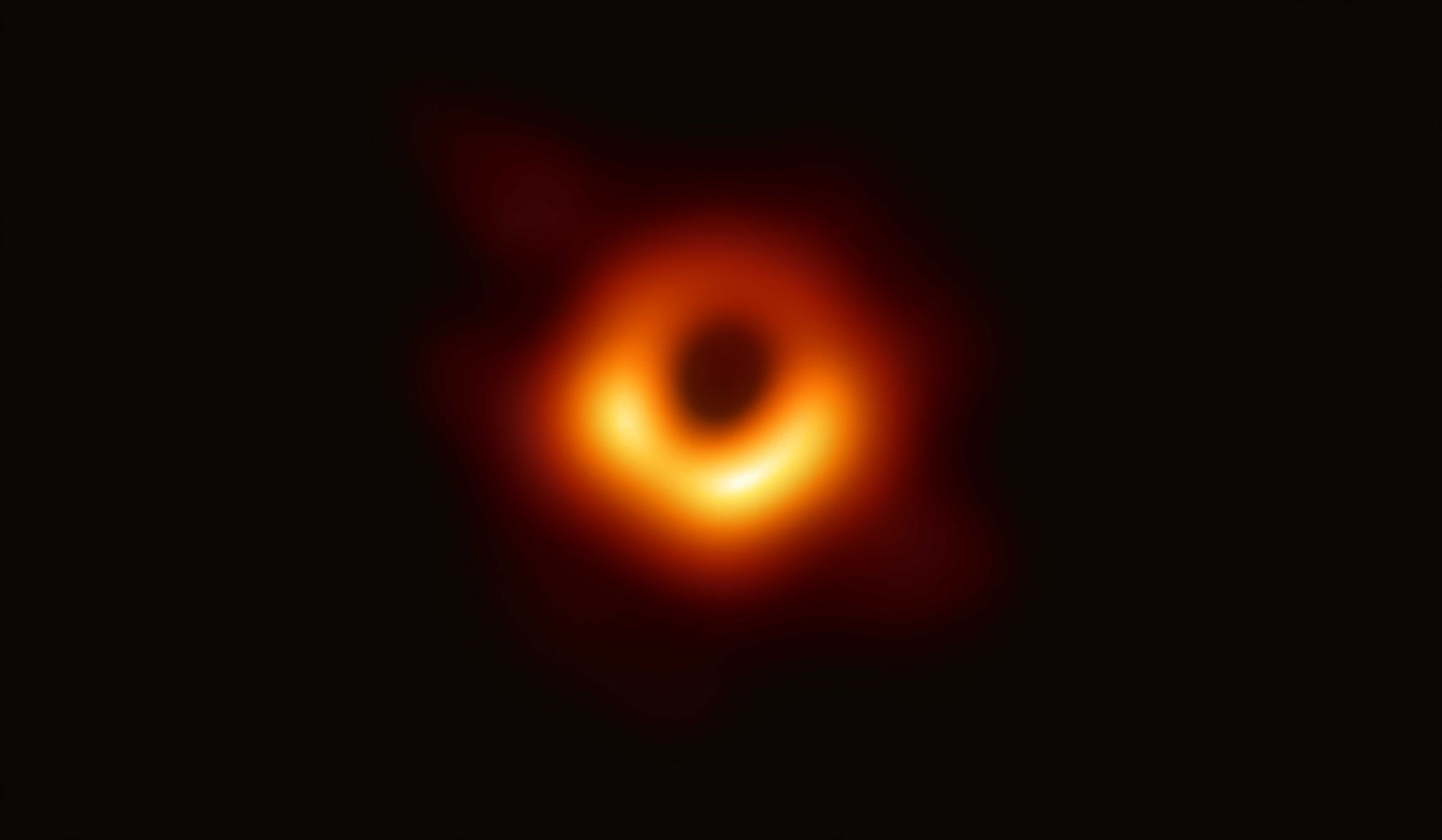In 2022 on October 8, an intense pulse of gamma-ray radiation swept through our solar system. The source, dubbed GRB 221009A for its discovery date, turned out to be the brightest gamma-ray burst (GRB) ever recorded.
GRB 221009A lasted over 300 seconds. According to astronomers, such “long-duration” GRBs are the birth cry of a black hole, formed as the core of a massive and rapidly spinning star collapses under its weight. Strong plasma jets are shot out from the developing black hole at speeds close to the light, piercing the collapsing star and shining in gamma rays.
The enigma of GRB 221009A, the brightest burst ever observed, was what would occur following the initial burst of gamma rays.
When the jets slam into the gas surrounding the dying starthey produce a bright afterglow. This afterglow fades quite rapidly, which means we have to be quick and nimble in capturing the light before it disappears, taking its secrets with it.
Astronomers Edo Berger and Yvette Cendes of the Center for Astrophysics (CfA) quickly acquired data with the SMA as part of a campaign to use the best radio and millimeter telescopes in the world to analyze the afterglow of GRB 221009A.
Edo Berger, professor of astronomy at Harvard University and the CfA, said,“This burst, being so bright, provided a unique opportunity to explore the detailed behavior and evolution of an afterglow with unprecedented detail — we did not want to miss it!”
SMA project scientist and CfA researcher Garrett Keating said,“I have been studying these events for more than twenty years, and this one was as exciting as the first GRB I ever observed. Thanks to its rapid-response capability, we were able to turn the SMA to the location of GRB 221009A quickly. The team was excited to see just how bright the afterglow of this GRB was, which we could continue to monitor for more than ten days as it faded.”
Astronomers were perplexed when they combined and analyzed data from the SMA and other observatories worldwide. They discovered that the millimeter and radio wave measurements were significantly brighter than anticipated based on the visible and X-ray light.
CfA research associate Yvette Cendes said,“This is one of the most detailed datasets we have ever collected, and it is clear that the millimeter and radio data just don’t behave as expected. A few GRBs in the past have shown a brief excess of millimeters and radio emission that is thought to be the signature of a shockwave in the jet itself. Still, in GRB 221009A, the excess emission behaves quite differently than in these past cases.”
“It is likely that we have discovered a completely new mechanism to produce excess millimeter and radio waves.”
“One possibility is that the powerful jet produced by GRB 221009A is more complex than in most GRBs. It is possible that the visible and X-ray light is produced by one portion of the jet, while the early millimeter and radio waves are produced by a different component.”
Berger said,“Luckily, this afterglow is so bright that we will continue to study its radio emission for months and maybe years to come. With this much longer time span, we hope to decipher the mysterious origin of the early excess emission.”
“Independent of the exact details of this particular GRB, the ability to respond rapidly to GRBs and similar events with millimeter-wave telescopes is an essential new capability for astronomers.”
“A key lesson from this GRB is that without fast-acting radio and millimeter telescopes, such as the SMA, we would miss out on potential discoveries about the most extreme explosions in the universe. We never know in advance when such events will occur, so we have to be as responsive as possible if we’re going to take advantage of these gifts from the cosmos.”
Journal Reference:
- Eric Burns (Louisiana State University). Focus on the Ultra-luminous Gamma-Ray Burst GRB 221009A. The Astrophysical Journal Letters.
Note: This article have been indexed to our site. We do not claim legitimacy, ownership or copyright of any of the content above. To see the article at original source Click Here











